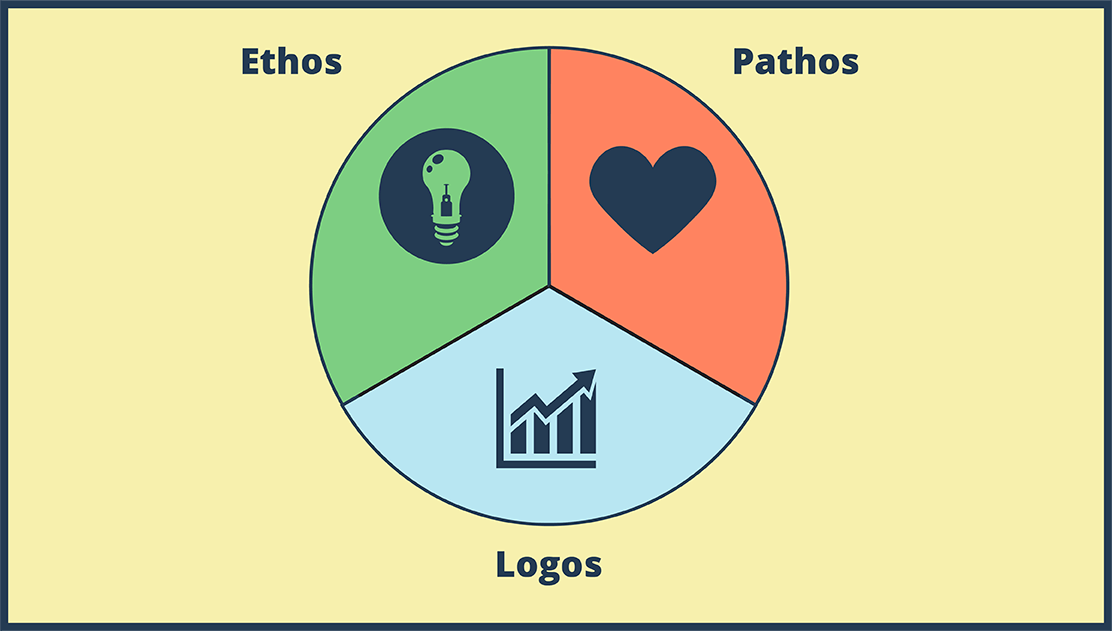Editable Scientific Investigation Design Example: Moldy Bread

Vous pouvez trouver ce storyboard dans les articles et ressources suivants:

Explorer L'art de la Conception Expérimentale : un Guide Étape par Étape Pour les Étudiants et les Enseignants
Par Olivier Smith
Enseigner la conception expérimentale et laisser les élèves développer leurs propres questions et hypothèses prend du temps. Ces matériaux ont été créés pour étayer et structurer le processus afin de permettre aux enseignants de se concentrer sur l'amélioration des idées clés de la conception expérimentale.
'
Découvrez quelques-uns de nos autres articles éducatifs!
Storyboard Description
Experimental Design - planning an experiment
Texte du Storyboard
- Question - What do you want to find out?
- Hypothesis
- If the temperature is lower, then the mold grows more slowly.
- How does temperature affect the growth of mold on bread?
- Prediction
- Less mold will grow on a piece of bread that is left in the fridge compared with a piece of bread that is left near a radiator.
- ?
- What are you going to change?
- The temperature the bread is kept at. I am going to put one piece of bread in the refrigerator and one on a radiator.
- What are you going to measure?
- The amount of mold on the bread
- What are you going to keep the same?
- I am going to keep the type of bread the same for the experiment. I am going to leave the bread in the places for the same amount of time. I am going to put both pieces of bread in the dark.
- Materials - What equipment do you need?
- x 2
- x 2
- Method - How are you going to carry out the experiment? Step by step.
- 1. Put each piece of bread inside a plastic bag. 2. Zip up the bags. 3. Label each bag with a marker. 4. Put one bag in the refrigerator. 5. Put one bag in a warm place in the dark. Near a radiator for example. 6. Check on the bags every day and draw pictures of what you see. 7. Do not open the bags and put them in the trash after one week. 8. Compare the results from the two bread slices.
Attributions D'image
- Radiator - Conal Gallagher - (Licence Attribution )
Plus de 30 millions de storyboards créés
Aucun Téléchargement, Aucune Carte de Crédit et Aucune Connexion Nécessaire Pour Essayer !




